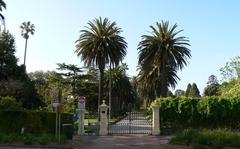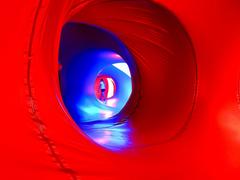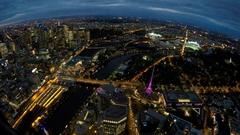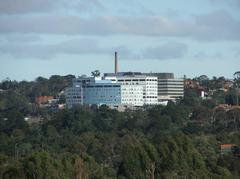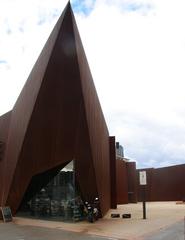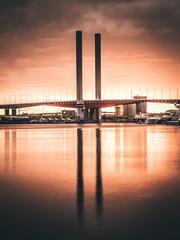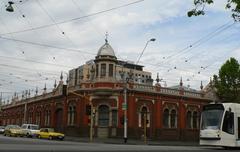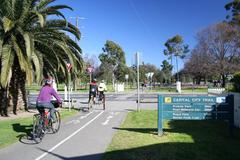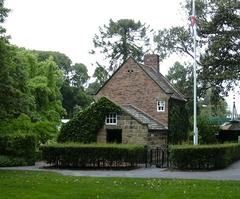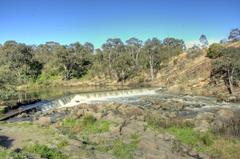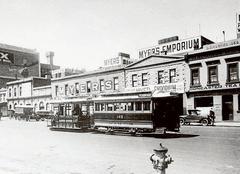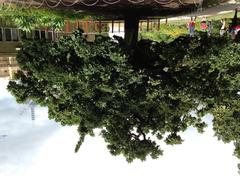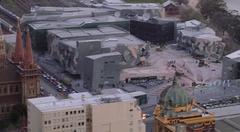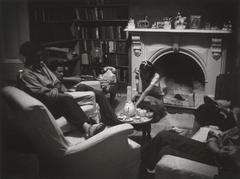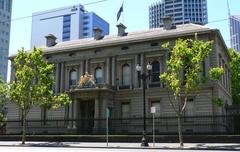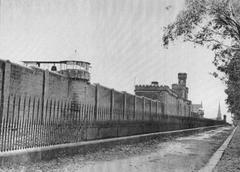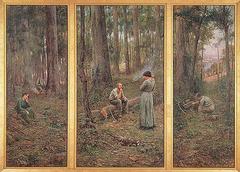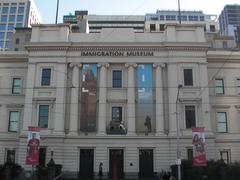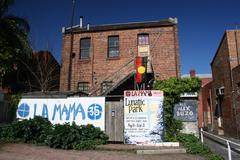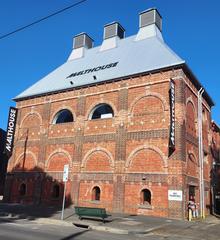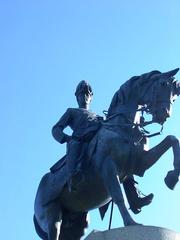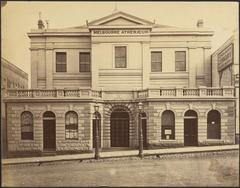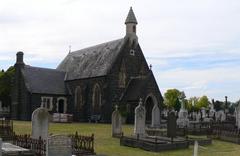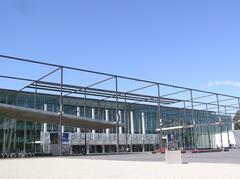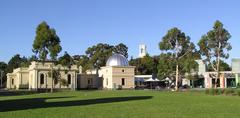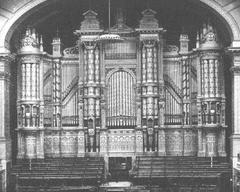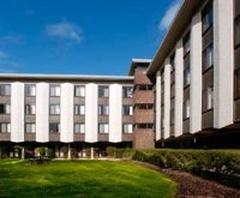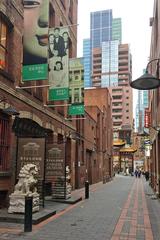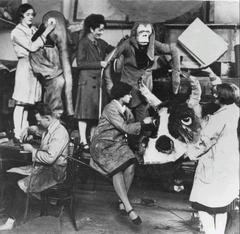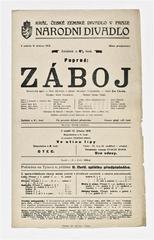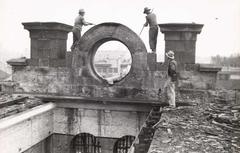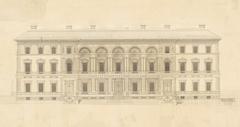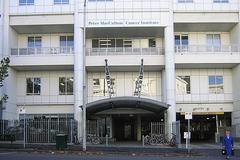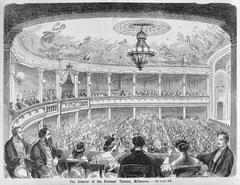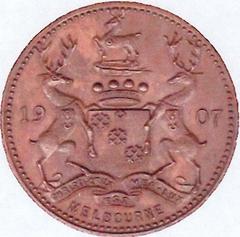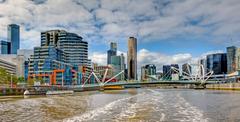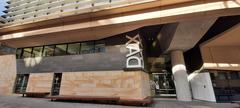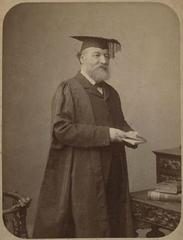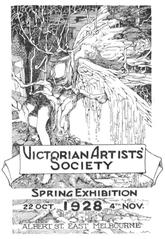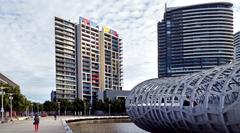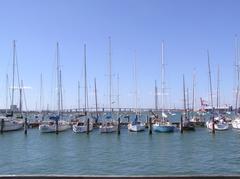
Visiting St Kilda Botanical Gardens in Melbourne: Hours, Tickets, and Tips
Date: 18/07/2024
Introduction
Nestled in the heart of Melbourne, the St Kilda Botanical Gardens stand as a serene escape from bustling city life while also serving as a historical treasure. Established in 1859, these gardens are not only a sanctuary for plant lovers but also a testament to Melbourne’s rich horticultural history. Designed by esteemed landscape gardener William Guilfoyle, who was also the director of the Royal Botanic Gardens, Melbourne, the St Kilda Botanical Gardens were envisioned as a blend of native and exotic plant species that would provide a recreational space for the local community and serve as an educational resource (St Kilda Botanical Gardens History). Over the years, the gardens have evolved to include a variety of features such as ornamental lakes, walking paths, a conservatory, and the Alister Clark Memorial Rose Garden, making it a focal point for community engagement and cultural activities (City of Port Phillip). Today, the gardens are not only a place of beauty but also a hub for conservation efforts, hosting rare and endangered plant species and promoting biodiversity and environmental sustainability (Friends of St Kilda Botanical Gardens).
Table of Contents
History of St Kilda Botanical Gardens
Establishment and Early Years
The St Kilda Botanical Gardens, located in Melbourne, Australia, were established in 1859. The creation of the gardens was driven by the need for public green spaces in rapidly urbanizing areas. The land for the gardens was initially set aside by the St Kilda Council, which recognized the importance of providing a recreational area for the local community. The gardens were designed by the renowned landscape gardener, William Guilfoyle, who was also the director of the Royal Botanic Gardens in Melbourne. Guilfoyle’s design incorporated a mix of native and exotic plant species, reflecting the Victorian-era fascination with botanical diversity (St Kilda Botanical Gardens History).
Development and Expansion
Throughout the late 19th and early 20th centuries, the St Kilda Botanical Gardens underwent significant development and expansion. In 1861, the gardens were officially opened to the public, and over the next few decades, various features were added, including ornamental lakes, walking paths, and a conservatory. The conservatory, built in 1901, became a central attraction, showcasing a variety of tropical and subtropical plants. The gardens also featured a rose garden, which was established in the early 1900s and remains a popular attraction to this day (City of Port Phillip).
World War II and Post-War Era
During World War II, the St Kilda Botanical Gardens faced challenges as resources were diverted to the war effort. Maintenance of the gardens declined, and some areas fell into disrepair. However, in the post-war era, efforts were made to restore and revitalize the gardens. In the 1950s and 1960s, new plantings and landscaping projects were undertaken, and the gardens once again became a focal point for the community. The introduction of new plant species and the restoration of existing features helped to rejuvenate the gardens and attract visitors (Australian Garden History Society).
Modern Era and Conservation Efforts
In recent decades, the St Kilda Botanical Gardens have continued to evolve, with a focus on conservation and sustainability. The gardens are now home to a diverse collection of plants, including rare and endangered species. Efforts have been made to promote biodiversity and create habitats for local wildlife. The gardens also serve as an educational resource, offering programs and workshops on topics such as horticulture, conservation, and environmental sustainability (Friends of St Kilda Botanical Gardens).
Visitor Information
Visiting Hours and Tickets
The St Kilda Botanical Gardens are open to the public daily from 7:30 AM to sunset. Admission is free, making it an accessible destination for everyone. Special events and guided tours may have different schedules and fees, so it’s advisable to check the official website for the latest information.
Key Historical Features
Several key historical features of the St Kilda Botanical Gardens have been preserved and continue to be major attractions. The Alister Clark Memorial Rose Garden, named after the famous Australian rose breeder, showcases a stunning collection of roses and is a testament to the gardens’ long-standing tradition of horticultural excellence. The conservatory, with its collection of exotic plants, remains a focal point for visitors. Additionally, the ornamental lake, with its picturesque setting and resident birdlife, provides a tranquil retreat within the bustling city (St Kilda Botanical Gardens Features).
Community Involvement and Events
The St Kilda Botanical Gardens have always been a hub of community activity and engagement. Over the years, the gardens have hosted numerous events, including flower shows, concerts, and community festivals. These events have helped to foster a sense of community and encourage public appreciation of the gardens. The Friends of St Kilda Botanical Gardens, a volunteer organization, plays a crucial role in supporting the gardens through fundraising, advocacy, and hands-on maintenance projects (Friends of St Kilda Botanical Gardens).
Travel Tips and Nearby Attractions
For visitors looking to explore more of Melbourne, the St Kilda area offers a variety of attractions. Luna Park, the Esplanade Market, and St Kilda Beach are all within a short distance from the gardens. Public transportation options are readily available, making it easy to combine a visit to the gardens with other local sights.
Accessibility Information
The St Kilda Botanical Gardens are committed to being accessible to all visitors. The pathways are well-maintained and suitable for wheelchairs and strollers. Accessible restrooms are available, and designated parking spaces are close to the garden entrances.
Photographic Spots
Photography enthusiasts will find plenty of picturesque spots within the gardens. The rose garden, conservatory, and ornamental lake provide stunning backdrops for photos. The gardens’ diverse flora and fauna offer endless opportunities for capturing beautiful images.
FAQ
Q: What are the St Kilda Botanical Gardens visiting hours? A: The gardens are open daily from 7:30 AM to sunset.
Q: Is there an admission fee for the St Kilda Botanical Gardens? A: No, admission to the gardens is free.
Q: Are guided tours available at the gardens? A: Yes, guided tours are available and may have different schedules and fees. Check the official website for the latest information.
Q: What are some nearby attractions? A: Nearby attractions include Luna Park, the Esplanade Market, and St Kilda Beach.
Conclusion
The St Kilda Botanical Gardens are a cherished part of Melbourne’s cultural landscape, offering a blend of historical significance and natural beauty. With a focus on conservation, community engagement, and accessibility, the gardens continue to be a beloved destination for locals and visitors alike. Plan your visit today to explore this historical gem and enjoy all that the gardens have to offer.
Call to Action
Stay updated on the latest events and news from the St Kilda Botanical Gardens by following us on social media and visiting our website regularly. Download our mobile app, Audiala, for more tips on exploring Melbourne’s historical sites and green spaces.
